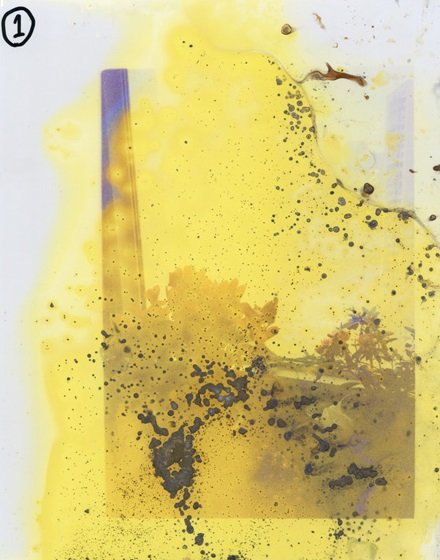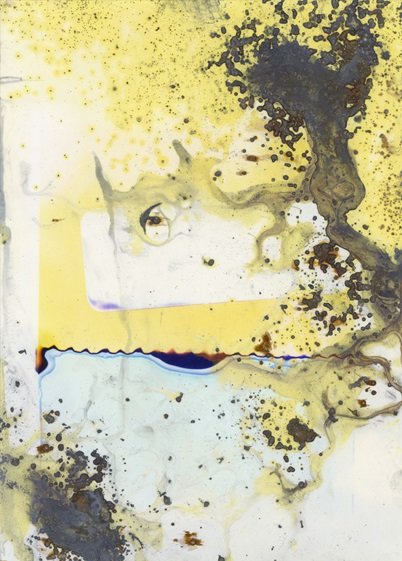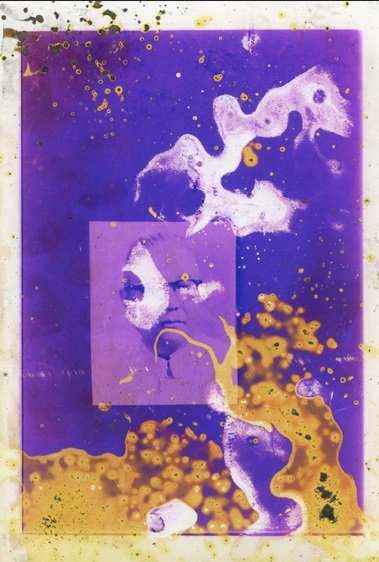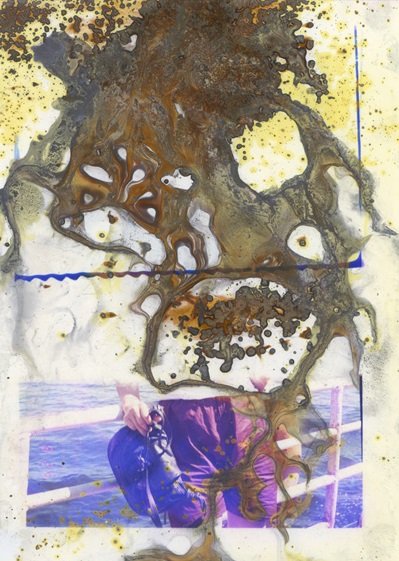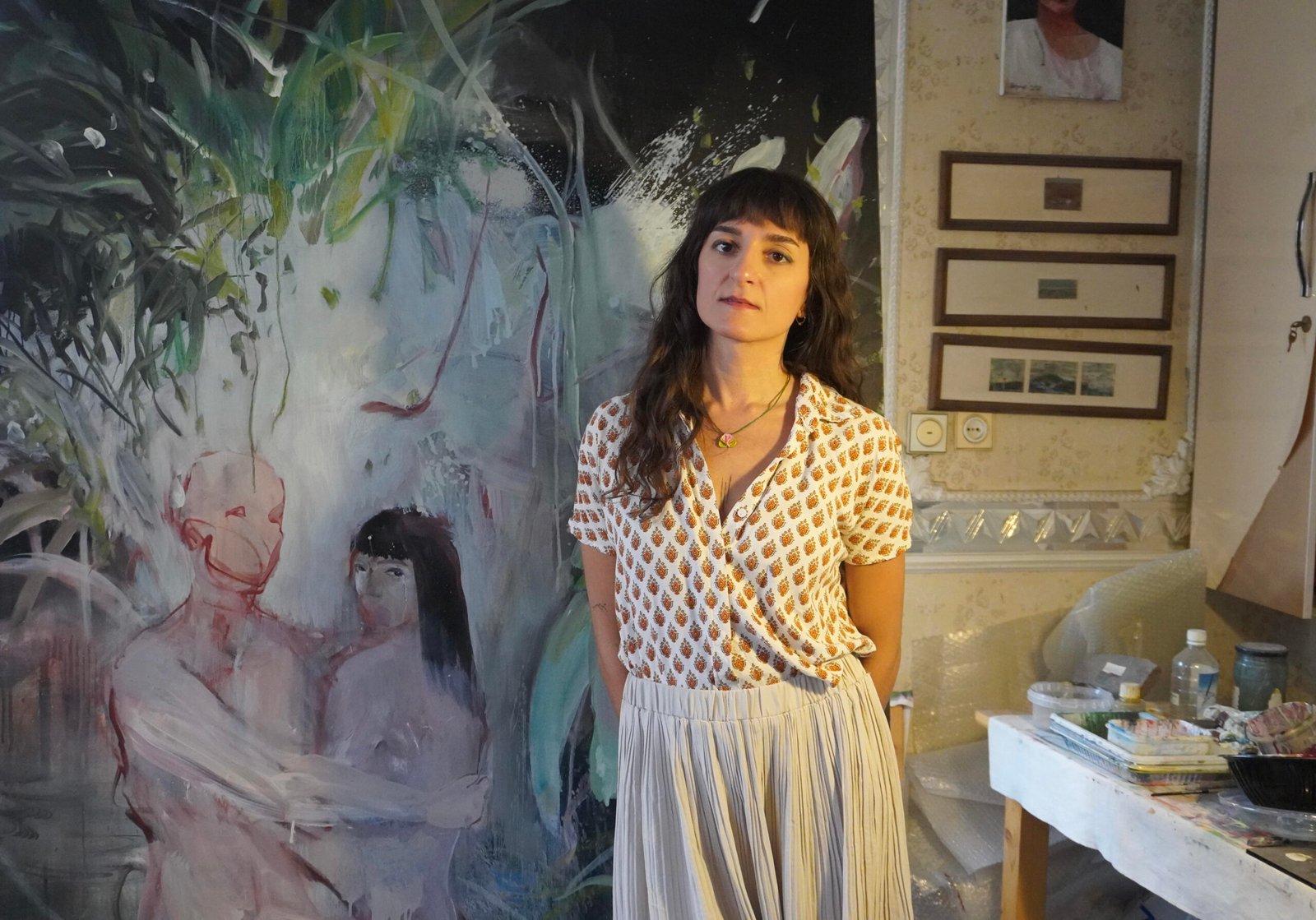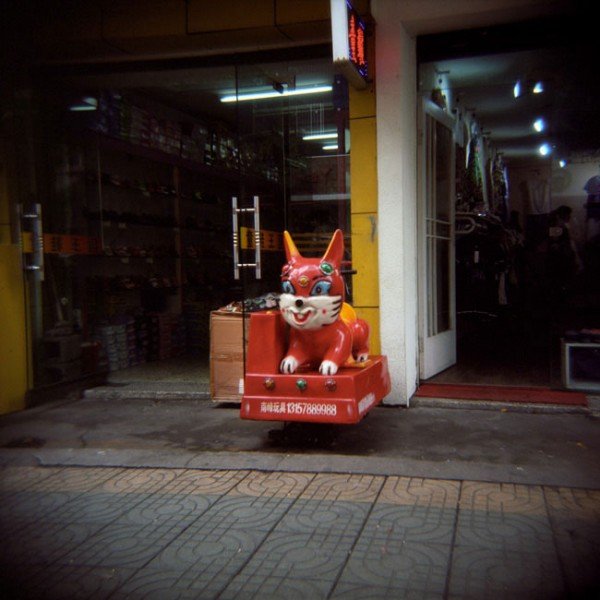China –
When faced with an archive of over 500,000 images of partially destroyed negatives of Beijing based vernacularism spanning twenty years, intertwined with a tale of rescue and destruction, archived under Silvermine, the very idea of the ‘future’ comes into question.
Negatives salvaged from a predetermined Acid induced demise, fill kilo rice bags and are rescued by the transference of finance, that of a collectors in the city. Their ultimate lifespan is dramatically increased, as their resulting doom was to become a product of the traditional photographic compound, that of Silver Nitrate. This act of salvation is inherently linked to the notion of the future, a loss reverted, and something so intrinsically connected to the ideas that surround the Archive, the preservation of the object.

What is important, is this very idea of future varies between cultures; you have on one side, the ideology that histories are intrinsic in our imminent development so are to be saved, sacred and showed but another, where the progressiveness of a culture recycles histories into products that are used worldwide. These differences are paramount for creating the foundations of an intervention, the re-visioning of this type of material, alongside the contexts in which this work has already been digested and exhibited.
The tactile, tangible quality of the source material is juxtaposed against these ideas, as the interference takes on a new role. Images ultimately destined for ruin are now taken to the threshold of disappearance, frozen between stages, part rescued and part destroyed by the very compounds used and created. This binding of the two processes creates a new space for interpretation, elevating the simplicity of the process, the final product, but furthermore echoing the spontaneous, uncontrollable nature of the damaged negatives, where gradual matter grows over the imagery.
Patience, pause and prolonged vision resonate over a reaction as you start the process of taming the organic, a notion set for failure. An insight into the once commonly used art of black magic, where alchemy and photography were at one with one another and Science played an important part. A granulated compound that has worked its way into the paper, blackened by sunlight, but has magically drawn back parts of the image lost through the Acid bleaching, a motion to a profound tale of process and the post photographic.

There is a wonderful temporality to each image produced. The pieces twist, turn and evolve in their own unstable manner, until they choose when is the time to rest in existence, ultimately in their own demise.
This intervention speaks of the resurrection and destruction of photography. The idea that our understanding and requirements of the medium are changing, that through watching more closely, losing control, we can discover and honor both the historical and the contemporary, the anthropological and the already digested, offering up new ways to see the seen, understanding the understood and blurring the boundaries of what we want the medium to be.
Art & Culture Featured – Lunar Caustic by Melinda Gibson & Thomas Sauvin




